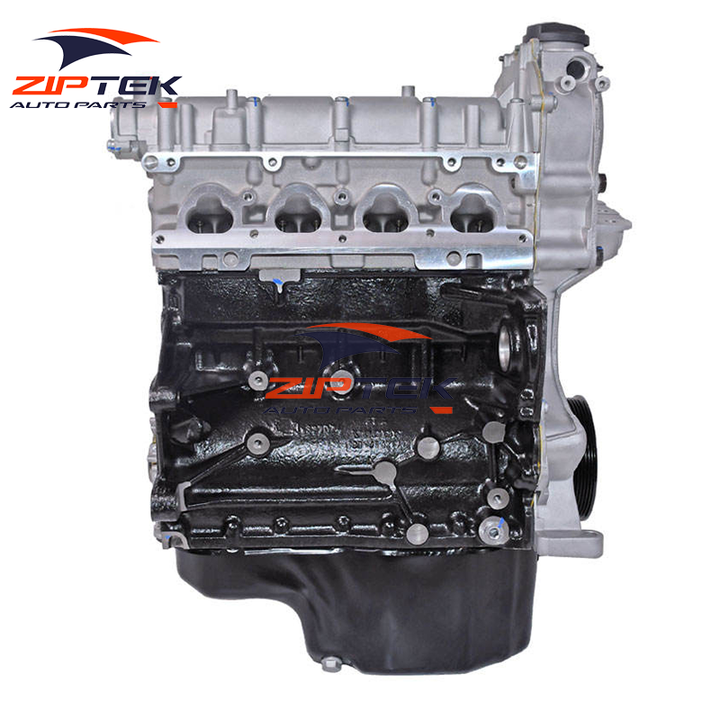Replace a state-of-the-art clp engine for better performance.
Replace a state-of-the-art clp engine for better performance.
Blog Article
Just How a Clp Engine Can Improve Effectiveness in Different Industries
The arrival of CLP engines marks a significant change in operational performance throughout different sectors, driven by their capacity to enhance fuel usage and minimize downtime. As organizations significantly prioritize sustainability along with performance, the function of CLP engines comes to be also extra critical.
Overview of CLP Engines
CLP engines, or Continuous Liquid Propellant engines, represent a substantial advancement in propulsion innovation, particularly for room applications. These engines utilize a constant feed system that permits the sustained expulsion of propellant, causing improved performance and performance compared to standard solid or hybrid propulsion systems. By preserving a continuous circulation of liquid propellant, CLP engines can attain much more exact thrust control, which is essential for steering spacecraft in numerous mission situations.
The layout of CLP engines integrates sophisticated products and cutting-edge gas administration systems. clp engine. This leads to minimized weight and raised reliability, crucial variables for long-duration area missions. The constant procedure decreases the danger of combustion instability, a common obstacle in standard rocket engines.

Benefits in Manufacturing
The manufacturing of Constant Liquid Propellant (CLP) engines presents a number of notable advantages that enhance both performance and cost-effectiveness. Among the main advantages is the structured manufacturing process, which decreases the intricacy connected with standard propulsion systems. By making use of liquid propellant, producers can achieve higher precision in engine efficiency, bring about enhanced power output and decreased waste.
Furthermore, CLP engines assist in a higher level of modularity, permitting easier assimilation right into numerous manufacturing lines. This adaptability can substantially reduce lead times and improve overall functional versatility. The usage of CLP modern technology likewise has a tendency to reduce the demand for extensive upkeep as a result of less relocating components, which converts into reduced downtime and functional costs.

Applications in Logistics
Leveraging Constant Fluid Propellant (CLP) engines in logistics offers substantial benefits in functional effectiveness and integrity. These engines give a durable solution for various transportation needs, enabling the smooth motion of goods throughout large distances. The intrinsic layout of CLP engines enables consistent power output, which converts right into smoother and extra foreseeable transportation schedules.
Among the key applications of CLP engines in logistics remains in durable freight transport, where they can drive both ground and aerial cars. Their ability to maintain high efficiency under varying lots problems guarantees that delivery timelines are satisfied, therefore improving consumer satisfaction. Furthermore, CLP engines can be integrated into automated logistics systems, assisting in real-time monitoring and maximizing route preparation.
Additionally, the resilience of CLP engines reduces maintenance downtime, permitting logistics firms to maximize their functional capacities. This is especially helpful in warehousing procedures, where effectiveness in i loved this dealing with and transporting products is crucial. As logistics remains to develop, the assimilation of CLP engines represents a forward-thinking strategy that not only boosts performance however additionally supports the sector's growing needs for integrity and speed.
Influence On Energy Effectiveness
Just How do Continuous Fluid Propellant (CLP) engines boost energy effectiveness in transport? CLP engines utilize a constant circulation of fluid fuel, enhancing burning processes and preserving a secure thrust outcome. This layout minimizes energy losses linked with traditional combustion engines, where gas distribution can vary and result in inadequacies.
The continuous operation of CLP engines permits for an extra efficient thermal cycle, leading to greater particular impulse contrasted to standard engines. clp engine. This converts to reduced fuel usage for the very same amount of work done, considerably reducing functional prices across various transportation industries, including air travel and maritime sectors
Moreover, the ability of CLP engines to preserve ideal efficiency under differing load conditions decreases the requirement for constant velocity and deceleration, further enhancing fuel effectiveness. Enhanced power effectiveness not just adds to set you back financial savings yet additionally brings about lower greenhouse gas exhausts, straightening with international sustainability objectives.
Future Trends and Innovations
Arising innovations in Continual Fluid Propellant (CLP) engine modern technology pledge to reinvent the landscape of transportation efficiency and sustainability. As industries pivot towards greener options, CLP engines stand at the forefront, integrating cutting-edge materials and design methodologies that boost efficiency while reducing environmental influence.
One of the most encouraging patterns is the adoption of crossbreed systems that combine CLP engines with renewable power sources. This harmony can maximize fuel intake and minimize emissions, straightening with international sustainability goals. Related Site Developments in computational liquid dynamics (CFD) are helping with the design of more aerodynamically reliable engines, leading to decreased drag and boosted fuel effectiveness.
Moreover, the growth of wise surveillance systems is readied to boost operational effectiveness. These systems utilize data analytics and IoT innovation to optimize engine efficiency in real-time, ensuring that the engines operate within their most reliable parameters.
As research study remains to explore different propellant solutions-- such as biofuels and synthetic fuels-- her explanation the future of CLP engines looks encouraging. By harnessing these advancements, sectors can not only improve their effectiveness yet also contribute substantially to a cleaner, extra sustainable future in transportation.
Final Thought
In verdict, CLP engines stand for a substantial innovation in effectiveness across several markets. The integration of advanced products and less relocating parts reduces maintenance requirements, while placement with sustainability objectives placements CLP engines as a pivotal technology for the future.
Report this page